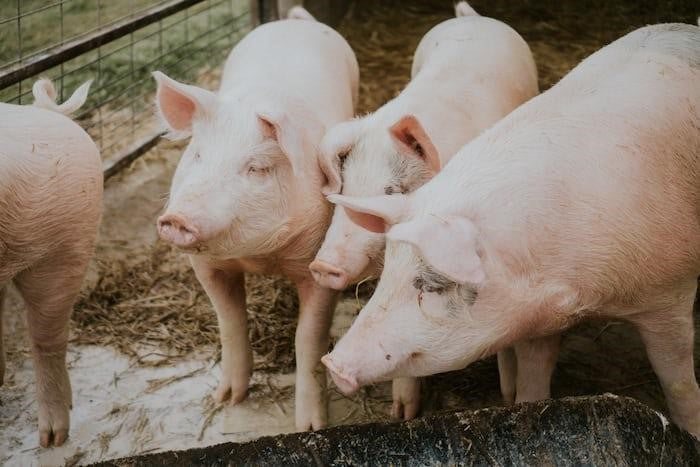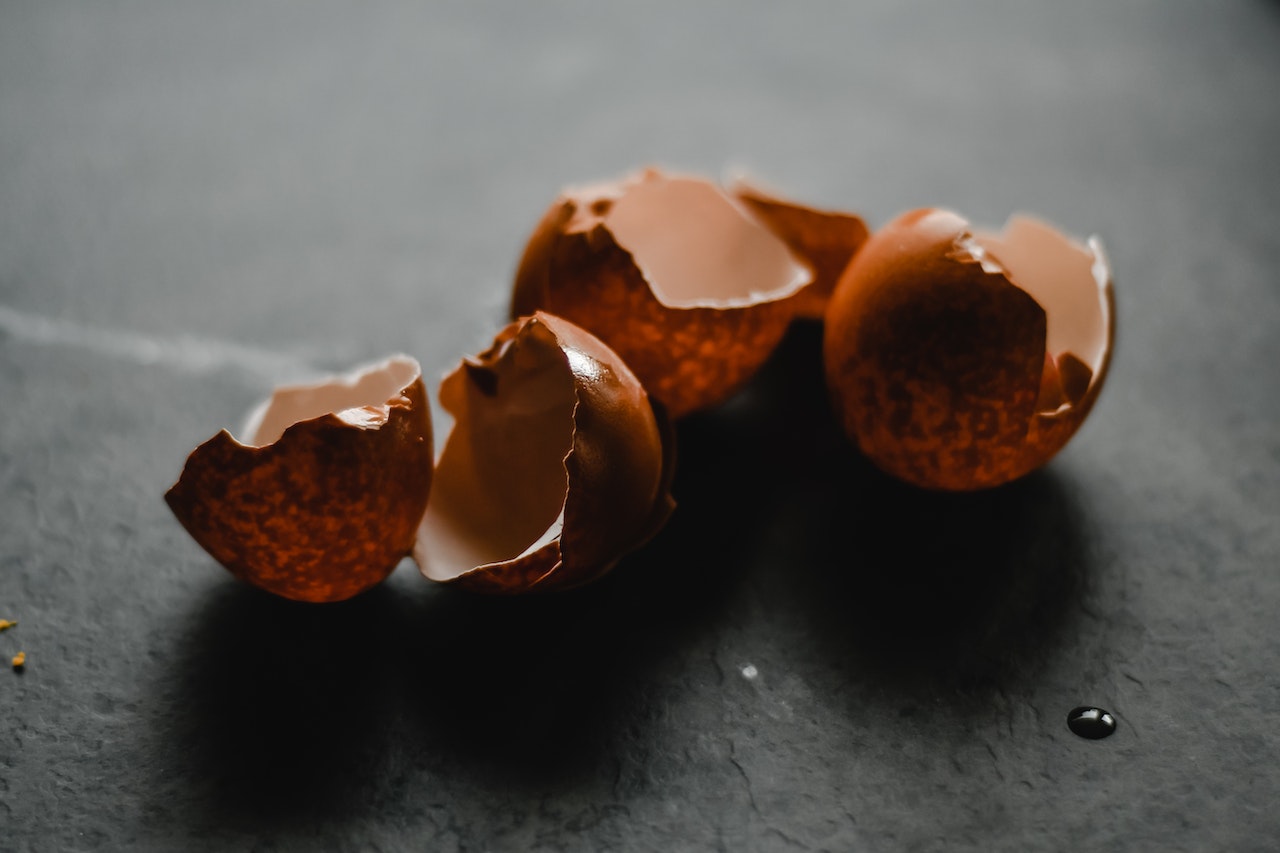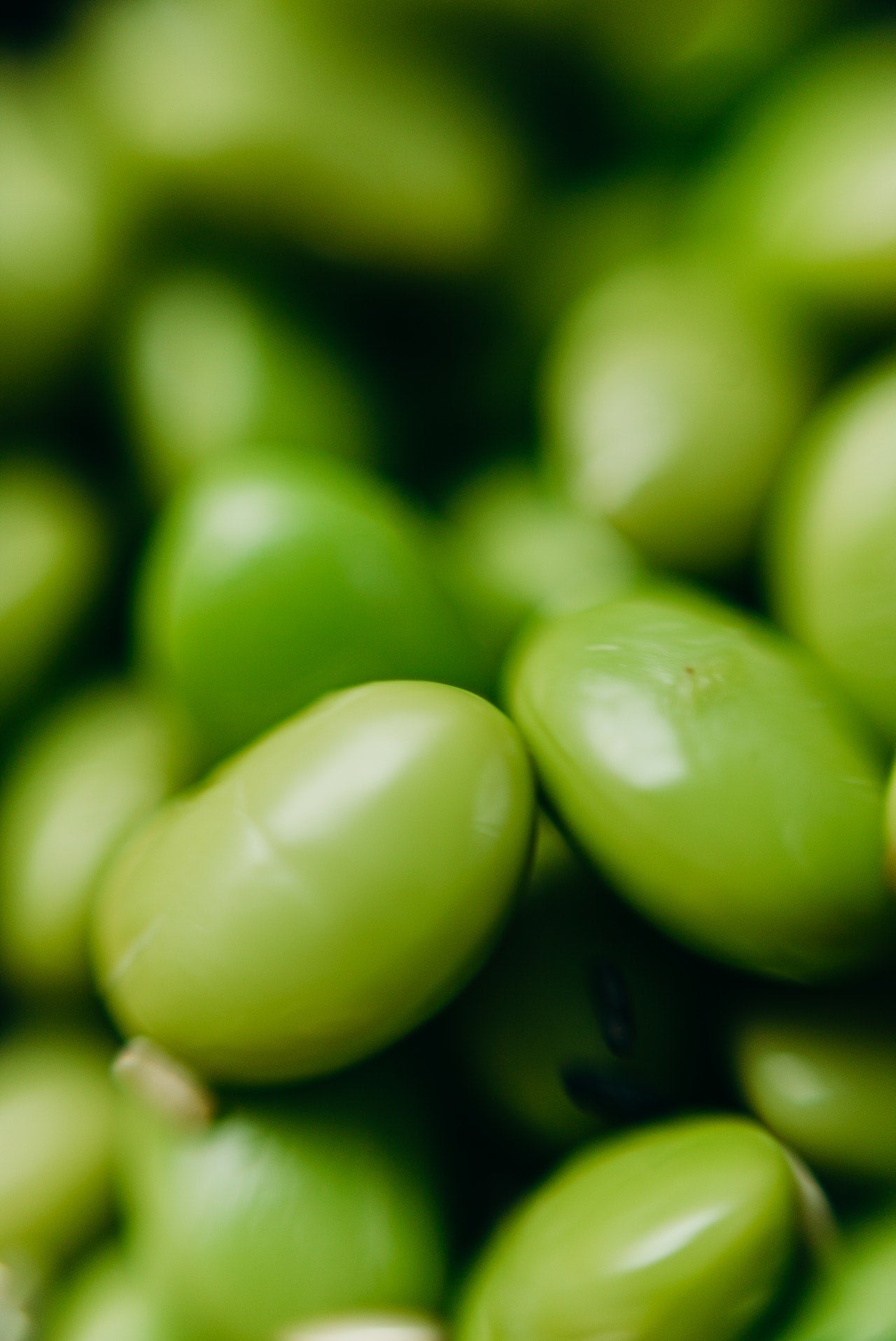
CAN PIGS EAT CHOCOLATE?
Are you a pig farmer? Do you own a pig as a pet? Have you picked up an interest in pigs’ diet?
As you might already know, pigs are omnivorous animals. They feed on plants, animals, vegetables, fruits, etc. They can eat almost anything without thinking twice. Pigs are versatile eaters, and this can be both a good thing and a bad thing. It’s good because it gives your pig access to a wide variety of flavors and meals to explore. It is bad because your pig might just decide to eat something detrimental to its health.
Therefore, you need to pay close attention to the things your pig consumes. If you have ever wondered, ‘can pigs eat chocolate?’ This article is for you.
Yes! Pigs can eat chocolate. Unlike other animals, such as dogs, pigs can comfortably consume chocolate. Although you need to monitor the ratio and frequency of chocolate consumption by your pig, it is safe to say that pigs can eat chocolate.

WHICH PIGS CAN EAT CHOCOLATE?
All pigs can eat chocolate. Pigs of all ages, breeds, genders, etc. can safely consume chocolate. Piglets, boars, sows, gilts, barrows, etc. can all eat chocolate.
WHAT ARE THE CONSTITUENTS OF CHOCOLATE?
The main constituents in chocolate are:
- Cocoa butter
- Cocoa mass
- Cocoa powder
- Milk fat
- Milk powders
- Sugar
As you can see, chocolate is just cocoa that has been processed with milk, fats, and sugar.
Therefore, the nutritional value of chocolate is attributed to the cocoa, milk, and sugar present in it. Therefore, chocolate is rich in the following:
- Chocolate is rich in carbohydrates.
- Chocolate is rich in fat.
- Chocolate is rich in proteins.
- Chocolate is rich in minerals and vitamins.

Chocolate is rich in carbohydrates
According to the United States Department of Agriculture (USDA), dark chocolate contains about 61 grams of carbohydrates per 100 grams of chocolate. The carbohydrate in chocolate is from two major sources. The first one is from the sugar in the chocolate. The other one is from dietary fibers.
Carbohydrates are the ‘power nutrient.’ It has the following functions:
- Carbohydrates provide energy for muscular movements.
- Carbohydrates produce heat that helps keep your pig warm and maintain its body temperature in cold weather.
- Carbohydrates also provide a medium in which energy is stored. This medium is popularly known as ‘glycogen.’ Glycogen is stored in the liver and muscles of the pig.
- Carbohydrates in chocolate are used by lactating pigs to produce lactose (the sugar in milk).
- Carbohydrates control blood sugar levels in pigs.
- Dietary fibers in chocolate:
- Improve satiety.
- Prevent constipation in pigs.
- Generally, stimulate gut health and increase viscera mass in pigs.
- Play a role in the reproductive health of your pigs.
Chocolate is rich in fats
According to the United States Department of Agriculture (USDA), the total fat content is about 31 grams per 100 grams of dark chocolate. Fats have several important roles in the growth and development of your pigs. These roles include:
- Fats provide energy for your pigs. Research has shown that they provide more energy than carbohydrates (about two to four times more).
- Fats are necessary for the transport of fat-soluble vitamins (vitamin A, vitamin D, vitamin E, and vitamin K) in pigs.
- The fat in chocolate also insulates your pigs. This is particularly helpful in cold climates.
Chocolate is rich in proteins
According to the United States Department of Agriculture (USDA), dark chocolate contains about 4.9 grams of protein per 100 grams of chocolate. Proteins are very important in the lives of pigs. They perform the following functions:
- Proteins are required for the growth and development of muscle tissue in pigs.
- Proteins are made up of amino acids. These amino acids are used by your pig to produce or synthesize enzymes required for various metabolic reactions.
- Amino acids are also required for hemoglobin production in animals.
- Amino acids from chocolates are used for the production of antibodies (disease-fighting agents in animals).
- In the event of injury to the tissues of your pig, amino acids from the proteins in chocolate are used to repair or replace the damaged tissues.
- Plasma proteins are important in maintaining water balance in animals.
- Proteins also provide some amount of energy to pigs.
Chocolates, therefore, provide some quantities of proteins when fed to your pigs.
Chocolate is rich in minerals and vitamins
Minerals are one of the classes of food. They are generally known to ensure the smoothness of biochemical reactions. They are needed for the optimal growth of your pig.
Chocolates contain several minerals. Some of them are sodium, iron, and magnesium.
- Sodium: involved in electrolyte balance and the regulation of pH.
- Potassium: maintain water and acid balance.
- Calcium: skeletal development.
- Iron: production of hemoglobin and myoglobin.
Chocolates also contain vitamin B6 and cyanocobalamin (vitamin B12).
THE BENEFITS OF FEEDING CHOCOLATES TO YOUR PIGS
-
Chocolates enhance physiological development in pigs.
-
Chocolates improve productivity in pigs.
-
Sugar in chocolates increases the growth of the pig’s carcass.
-
Chocolates contain antioxidants, vitamins, and minerals that improve the immune systems of your pigs.
-
Chocolates play an important role in the weaning process of piglets. They can be used as a source of lactose (milk sugar) for the weaned piglets.
-
Cocoa husks can be fed to piglets. This would modify the gut microbiome, thus creating better conditions for useful bacteria to develop.
RISKS INVOLVED IN FEEDING CHOCOLATE TO YOUR PIG
It has been established that pigs, unlike some animals (like dogs), can eat chocolate. Chocolates contain theobromine and caffeine. Pigs can digest both of those chemicals, even in high concentrations. However, the high sugar content in chocolates can be detrimental to your pig’s health. Here are why:
- Consumption of chocolate can cause excessive weight gain and obesity in your pigs.
- High consumption of chocolate can cause poisoning. This is characterized by vomiting and diarrhea.

HOW MUCH CHOCOLATE SHOULD BE FED YOUR PIG?
If you want to include chocolate in your pig’s diet, it is advisable to only feed it to them about once a week. It is expected that your pigs would want more since they like sugar, and it is addictive. However, you should try to only feed chocolates to them occasionally, and in small quantities to avoid medical complications.
CONCLUSION
By now, you must have realized the benefits and risks of feeding chocolate to your pigs. You need to report unusual activities to your veterinarian after your pigs consume chocolate.
I hope you found this article useful.



